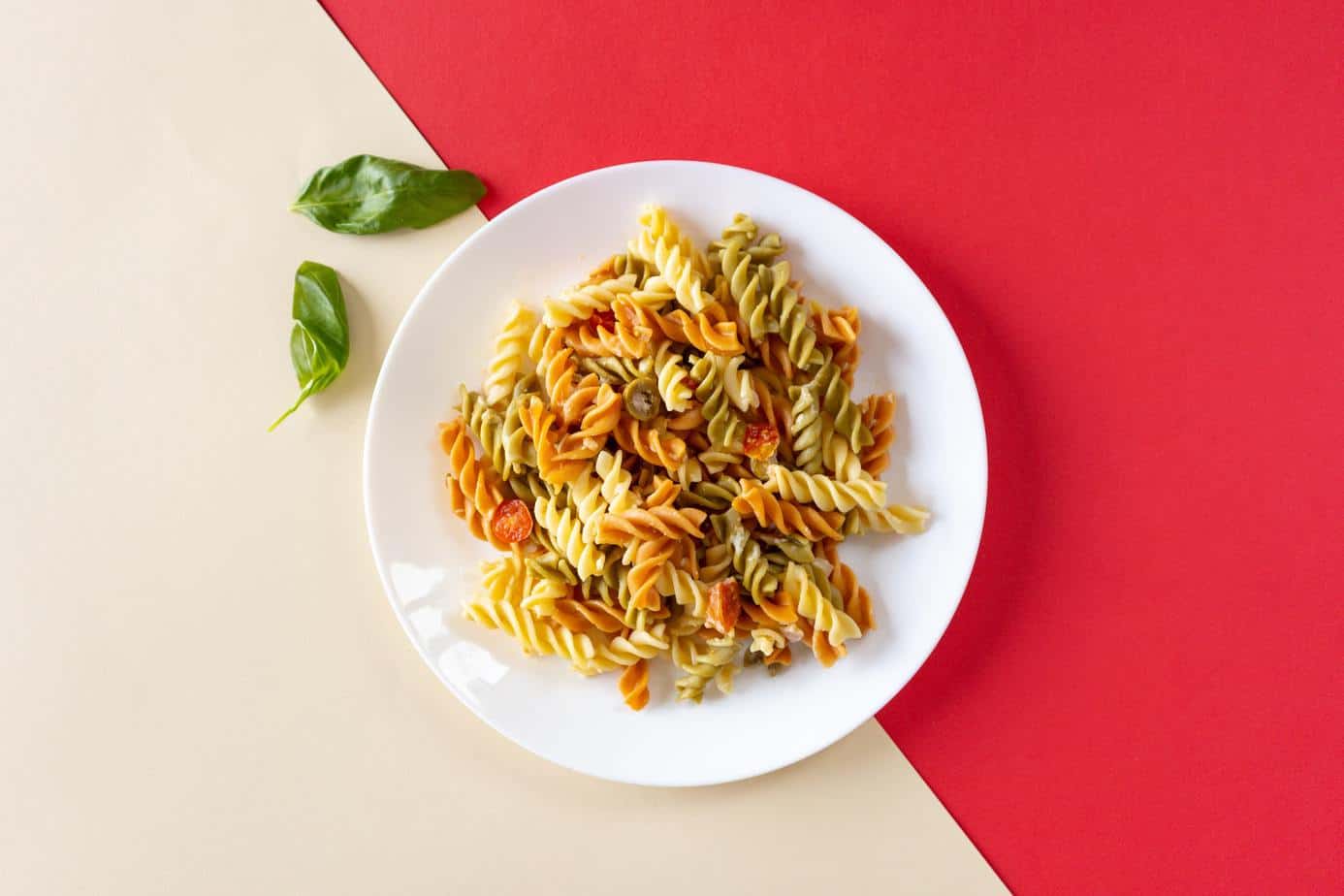
Cooking pasta is not difficult at all. Be sure to check out how to prepare the perfect pasta for soups, sauces or second courses
Probably cooking pasta is nothing new to you, but even long-time cooks sometimes overcook it. Then it becomes unpalatable and too soft. Follow the rules below and your pasta will be perfect.
1. Cook pasta in a wide pot, especially if it is spaghetti
2. Pour in a little more water than for cooking, for example, sachet groats or potatoes. The pasta takes on water as it cooks, so it also increases in volume
3. Always put the pasta in boiling water. Only add salt when the water is boiling and bubbling
4. Do not pour oil into boiling water, as the oil will remain on the surface of the water and will not make the pasta stick together. Additionally, the oil can make it difficult for the sauce to stick to the pasta. A better option is to cook the pasta al dente and stir it right after pouring it into the boiling water.
5. Keep an eye on the cooking time of the pasta – pasta for broth, the so-called threads, cooks from 3 to a maximum of 5 minutes, while the tubes – penne – from 6 to 8 minutes. Spaghetti pasta should stay in the water the longest – 7 to 10 minutes
6. If you are not going to serve the pasta immediately with a sauce or soup, drain it and pour cold water over it for a while, shaking it slightly. This will keep the pasta from sticking together.
Cooking pasta is not difficult, especially if you know the proper cooking time and ways to make it springy and not sticky. Pasta should be served right away with soup or sauce and cannot be stored for a long time because it will stick together quickly. However, if you overcook and cook too many pasta strands or tubes, you can use them to make a tasty casserole. This way, the pasta won’t go to waste and you’ll have a delicious second course.
In Italian cuisine, it is accepted that pasta should be al dente, which means slightly firm and “firm”. On the package you will find the amount of time you should cook the pasta. When cooking pasta al dente, subtract about 2 minutes from this time. Be sure to check the firmness as it cooks. Finally, when you drain it, do not pour cold water over it. Some people throw the cooked pasta into a pot of sauce and add a little pasta water to thicken it.
This is a trick question because rice noodles do not need to be boiled, only scalded in boiling water. It can be found in the form of thin, transparent strands. By itself, it does not have a very distinct taste, but it quickly takes on the flavor of the sauce or vegetables served with it.
To prepare rice noodles you will need a deep plate and a lid or a second plate of the same size. Place the strands of rice noodles in a deep plate and pour boiling water over them until they are slightly covered. Then cover the soaked noodles with the lid.
Wait 10 minutes and check if the noodles have become soft. It should absorb the water and become springy. You can then add it to the wok with the vegetables and chicken or cut it into smaller pieces and add it to the salad when it cools down.
Main Photo: Divani (Diva)/unsplash.com